Nigeria is a country in West Africa with English as its official language. It has 36 states and a total population of around 220 million people by November 2022. As a country, it has the most number of people living under the poverty line in Africa.
Over the past few years, Nigeria’s economic progress has slowed down due to the global pandemic. This has reduced the revenue generated by the government in various sectors, thereby reducing the budget allocated for the education sector. Despite many children wanting to go to school, many regions of the country do not have the resources for their educational needs.
This article aims to provide detailed statistics on the current education status in Nigeria.
Key Education Statistics for Nigeria
-
- According to the latest records by the World Bank, by November 2022, Nigeria’s literacy rate was 62% by 2018.
- According to Statista, 68% of the youth in Nigeria in 2020 had received secondary education. Around 15% of them had completed primary education, while 17% pursued higher studies after secondary education.
- According to an article published by Premium Times in September 2022, and per the latest data by UNESCO, there are 20 million non-school-going children in Nigeria.
- According to sources from UNICEF, cited by Reliefweb, 18.5 million children were out of school in Nigeria by May 2022. 60% of these children were girls.
- According to the same source, 20% of all Nigerian children were out of school around the middle of 2022.
- According to data by Statista:
- In 2019, 22.7 million children were enrolled in public elementary schools. Another 5.4 million went to private schools.
- In 2018/2019, around 7.4 million students were enrolled in lower secondary education schools.
- In 2021, there were 170 universities in Nigeria. 79 of them were private, while 43 were federal universities. 48 were state universities.
- In the year 2018/2019, women accounted for 38% of the total students pursuing master’s studies. Similarly, female students among undergraduate university students totaled around 44%.
- According to Vanguard Media and based on a report by Invictus Africa, the budget allocated to education in Nigeria in 2022 was 5.39%. This is a reduction of 50% from what it was in 2015 (10.79%).
What is the Literacy Rate in Nigeria?
According to the latest records by the World Bank, by November 2022, Nigeria’s literacy rate was 62% in 2018.
Approximately 68% of the youth in Nigeria in 2020 had received secondary education. This was the highest level of education they had reached. Around 15% of them had completed primary education. 17% of Nigerian youth pursued higher studies after secondary education.
BusinessDay is a widely known platform in Nigeria, providing insights on financial and business affairs in the West African region. They published an article on 7th September 2022 discussing the illiteracy rate in Nigeria. Illiteracy in Nigeria in 2022 stands at 31% (of the estimated total population). According to the ministry of education, this is a reduction from what it was in 2015, i.e. 38%. It, therefore, follows that the literacy rate in Nigeria should be around 69% in 2022.
How Does the Nigerian Education System Work?
Future Learn is an online learning platform like Coursera or Udemy. It is based in the UK and offers online courses to its students.
According to one of their posts in August 2021, here is how the Nigerian education system functions:
1. Basic Education
The local government regulates the Basic education level’s primary schools. According to Nigeria’s national education policy, all of the basic education’s nine and pre-primary’s one year of education is mandatory and free. This policy has been in place since 2014.
The Basic education’s nine years are further divided into three further parts:
- Lower Basic or Primary 1-3
- Middle Basic or Primary 4-6
- Junior Secondary 1-3
2. Senior Secondary Education
The state and federal level governments regulate the secondary level institutes. It lasts for three years and is not mandatory.
This level of education aims to give students vocational skills besides their formal academic studies.
3. Tertiary Education
The state and federal level governments also regulate the tertiary-level institutes. It can last for around four years and is also non-mandatory.
Tertiary education in Nigeria involves universities and polytechnic institutes.
How Many Children Go to School in Nigeria?
Premium Times Services Limited is a Nigerian Media Organization. Their aim is to spread awareness of and support the country’s democracy, economic prosperity, and its people’s human rights. An article published in Premium Times on 1st September 2022 provides statistics for the number of out-of-school students in Nigeria. Currently, there are 20 million such children, based on data by UNESCO. According to previous observations, this number fluctuated between 10.5 and 15 million. However, the worsening security situation has prevented students from going to school.
Statista is a German Company that contains statistics from more than 22,500 sources across 170 industries. According to an article published on September 13, 2022, in 2019, 22.7 million children were enrolled in public elementary schools. Another 5.4 million went to private schools.
According to Statista, in 2018, the gross enrollment rate for elementary schools in Nigeria was 68.3%. The enrollment rate was categorized according to zone and gender. The highest for females stood at 71.1%, followed by 70.3% for males. The states of Katsina and the Federal Capital Territory have the highest rates, whereas Rivers and Zamfara have the lowest.
Gross enrollment rates or GER represent the total number of children enrolled in schools as a percentage of the official school-age children. For reference purposes, according to UNESCO, a GER exceeding 100% indicates that a country can support all school-age children.
Another article by Statista mentions that in 2018/2019, around 7.4 million students were enrolled in lower secondary education schools. The age for junior secondary education in Nigeria is 12 to 14 years. In 2019, the total number of students in both private and public schools was approximately 4.9 million.
Early Childhood Care and Development Education (ECCDE) for public and private schools is available in Nigeria. In 2019, around 8.6 million children were enrolled in early education.
According to the Statista Research Department, 1.8 million full-time students were pursuing undergraduate studies in Nigeria in 2019.
ReliefWeb is an information service by the United Nations Office for the Coordination of Humanitarian Affairs (OCHA). According to one of their reports published on 24th May 2022 that cites Voice of America, UNICEF reports around 18.5 million out-of-school children in Nigeria. It is a significant rise compared to a figure of 10.5 million recorded in 2021. UNICEF also states that one out of five children from Nigeria do not attend school.
In one of their reports, UNICEF states that 11536 Nigerian schools were closed down after December 2020 because of abductions and security issues. These closures adversely impacted the studies of around 1.3 million Nigerian students.
Which Part of Nigeria is Most Educated?
According to Best School News and data from the National University Commission (NUC), the following are the most well-educated regions in Nigeria by August 2022.
- Imo State: It is one of the most educated areas in the southeast region. It is home to many reputable institutions, such as Alvan Ikoku College of Education, Owerri, and Technological skills Acquisition Institute, Orlu.
- Lagos State: It is considered Nigeria’s economic hub. In comparison to other states, not only is it quite developed, but it also has a very high literacy rate. Some esteemed secondary schools, such as Lagos State University and the Federal College Of Technology, are located here.
- Anambra State: This is a southeastern state full of business people and entrepreneurs. Again, it has some of the best secondary education schools, like Christ the King College, Onitsha, and Bethlehem Schools.
- Oyo State: It is home to the best university in the country, the University of Ibadan. The private schools in this region are considered some of the best.
- Rivers State: In 2020, it was considered one of the most educated states in Nigeria. Some prestigious organizations here include the University of Port-Harcourt and the Rivers State University of Technology.
What Educational Facilities are Available in Nigeria?
Based on data by Statista, there were 104 thousand public and 210 thousand private classrooms for Early Childhood Care and Development Education or ECCDE in Nigeria in 2019. Over 8 million students were attending early education programs around this time. However, the number of available classrooms was lower than the actual number of classrooms required.
Similarly, in 2018, there were 406.8 thousand classrooms for public elementary schools in Nigeria. This is opposed to the required 639.6 thousand. The most notable deficit was observed in the North-West region of Nigeria.
In 2018/2019, the number of public lower secondary schools was 13,640. Surprisingly, rural areas had a higher number of schools compared to urban areas. The rural areas had a total of 7928 schools compared to 5712 in urban areas. However, it is worth noting that this does not indicate that the quality of the schools or the education is better in rural areas.
According to a Statista article published in February 2022, the average number of children per class in Nigeria by 2018 was 51. However, a variation among states was observed. For example, the elementary schools in Katsina, located in the North-West zone, had almost 101 pupils per class on average in 2018. It is important to note that the same region also experienced the highest deficit in the number of classrooms available. Overall, in the North-Western states, there were 114.3 thousand classrooms available as opposed to the required 252.6 thousand.
Another article provides statistics on the universities in Nigeria in 2021. There were 170 universities in Nigeria. 79 of them were private, while 43 were federal universities. 48 were state universities.
Overall, the data indicates that there is a deficit of resources and infrastructure for the country’s educational needs.
What are the Statistics on the Education of Girls in Nigeria?
1. Underrepresentation
According to Statista, in the year 2018/2019, women accounted for 38% of the total students pursuing master’s studies. Similarly, female students among undergraduate university students totaled around 44%.
Voice of America is the largest news broadcaster in the US and a trendsetter for quality journalism. They provide updates in over 40 languages, and their weekly audience rounds up to almost 311 million people. In one of their releases, they cite a statement by Rahama Farah, head of the UNICEF office in Kano, who said that 60% of the 18.5 million children out of school in 2022 are girls.
2. Lack of Safety
According to Vanguard, UNICEF put forward that 10 million girls in Nigeria were out of school. There is gender inequity in many communities, followed by attacks on schools that have made children and caregivers hesitant to send their children to school.
A press release by UNICEF in April 2022 called on the Nigerian government to make their schools safer for children, especially girls. Since the first attack on a Nigerian school in 2014, where 276 girls were abducted, there has been a persistent decline in the percentage of female students attending school. UNICEF is actively reporting on the current education status in Nigeria and highlights the need for security for students to avoid any hindrance in their progression as a nation.
3. The Pandemic’s Aftermath
An article was published on 10th October 2022, by UNESCO. It discussed the aftermath of the pandemic, its impact on girls, and corrective measures for the same. In addition to security threats, another prominent reason for the decline in the number of girls attending school was the pandemic. Woman-to-Woman talks were organized to encourage guardians to let their girls return to school. Furthermore, a Girls’ Back to School Advocacy Group was also initiated to aid the same cause.
What is the Expenditure on Education in Nigeria?
The 2022 budget allocation to education in Nigeria, according to a report by Invictus Africa called How Low Can We Go, was 5.39%. This showed a reduction of 50% from what it was in 2015 (10.79%). It was also the lowest allocation, in terms of percentage, to education by the government in the preceding decade.
The Nigerian Academic Staff Union of Universities, or ASUU, went on strike around early 2022, which went on for eight months. According to Al Jazeera, a reputable news agency, the reasons for the strike included demanding remuneration and resources for the education system from the Nigerian government.
ASUU represents the union of university lecturers and personnel whose cooperation is integral to the functioning of the higher education infrastructure in Nigeria. The strike forced parts of the Nigerian education system to halt. This obviously hurt the higher education system for the majority of 2022.
However, in contrast to the conventional education system’s crises, modern alternatives seem to be doing well in the region. Statista provides highlights on the total revenue of the digital market‘s education segment in Nigeria. The education segment contains apps and interactive/gamified platforms to enhance learning using modern teaching methods, such as Duolingo. By 2022, its total revenue is expected to reach $6.16 million. An annual growth rate of 8.13% is also expected, thus raising the forecast market volume to $8.43 million by 2026.
Conclusion
The literacy rate in Nigeria was 62% by 2018. According to statistics in 2022, 31% of the population is non-literate. Thus, the literacy rate has increased by about 7% to a total of 61%. Based on the statistics provided above, Nigeria is still coping with the effects of the pandemic, inadequate resources and security threats that prevent the development of their education sector. A history of attacks, especially on girls’ schools, has made guardians hesitant to educate their girls. The Nigerian government needs to allocate more of its budget towards education to empower its youth to bring about positive change in the future. The lack of teaching faculty and, more importantly, the shortage of classroom facilities significantly prevents students from receiving their right to education.
![Education Statistics for Nigeria [100%Updated] 1 Education Statistics for Nigeria](https://zoets.b-cdn.net/wp-content/uploads/2023/03/Education-Statistics-for-Nigeria-scaled-e1678635678359.jpg)
![Education Statistics for Nigeria [100%Updated] 2 Key Education Statistics for Nigeria](https://zoets.b-cdn.net/wp-content/uploads/2023/03/Key-Education-Statistics-for-Nigeria-1024x682.jpg)
![Education Statistics for Nigeria [100%Updated] 3 What is the Literacy Rate in Nigeria](https://zoets.b-cdn.net/wp-content/uploads/2023/03/What-is-the-Literacy-Rate-in-Nigeria.jpg)
![Education Statistics for Nigeria [100%Updated] 4 How Does the Nigerian Education System Work](https://zoets.b-cdn.net/wp-content/uploads/2023/03/How-Does-the-Nigerian-Education-System-Work.jpg)
![Education Statistics for Nigeria [100%Updated] 5 How Many Children Go to School in Nigeria](https://zoets.b-cdn.net/wp-content/uploads/2023/03/How-Many-Children-Go-to-School-in-Nigeria.jpg)
![Education Statistics for Nigeria [100%Updated] 6 lower secondary school enrollment rate](https://zoets.b-cdn.net/wp-content/uploads/2023/03/lower-secondary-school-enrollment-rate.jpg)
![Education Statistics for Nigeria [100%Updated] 7 What Educational Facilities are Available in Nigeria](https://zoets.b-cdn.net/wp-content/uploads/2023/03/What-Educational-Facilities-are-Available-in-Nigeria.jpg)
![Education Statistics for Nigeria [100%Updated] 8 What are the Statistics on the Education of Girls in Nigeria](https://zoets.b-cdn.net/wp-content/uploads/2023/03/What-are-the-Statistics-on-the-Education-of-Girls-in-Nigeria.jpg)
![Education Statistics for Nigeria [100%Updated] 9 What is the Expenditure on Education in Nigeria](https://zoets.b-cdn.net/wp-content/uploads/2023/03/What-is-the-Expenditure-on-Education-in-Nigeria.jpg)
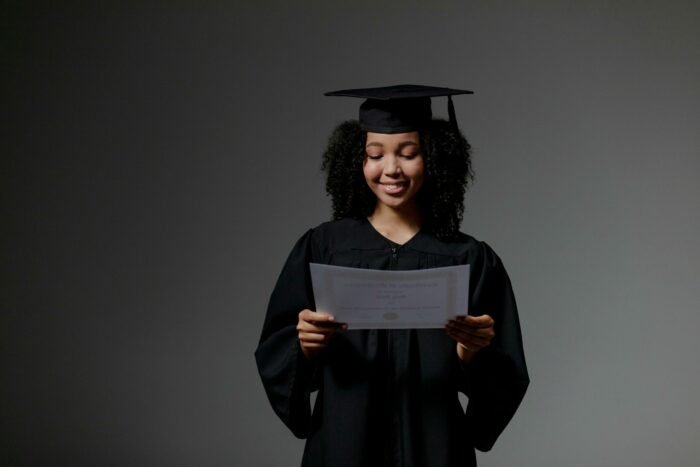
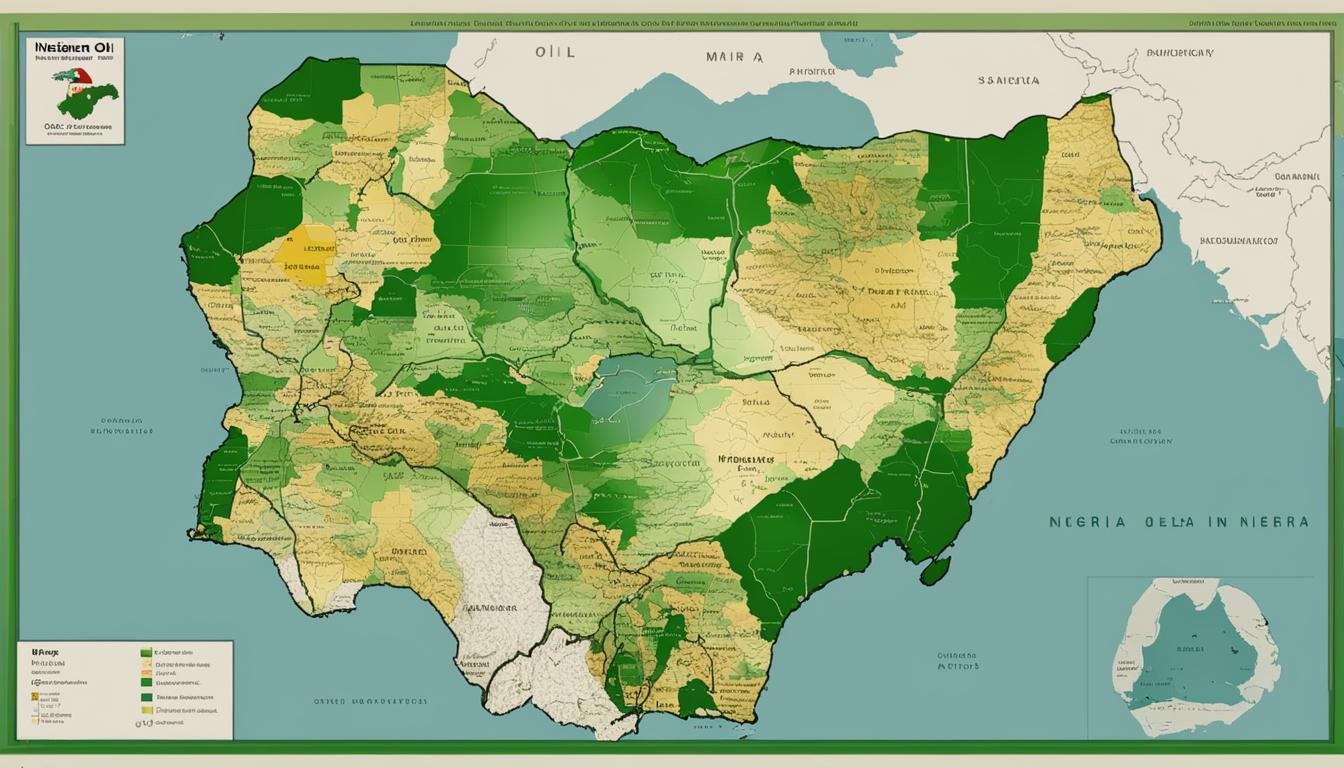
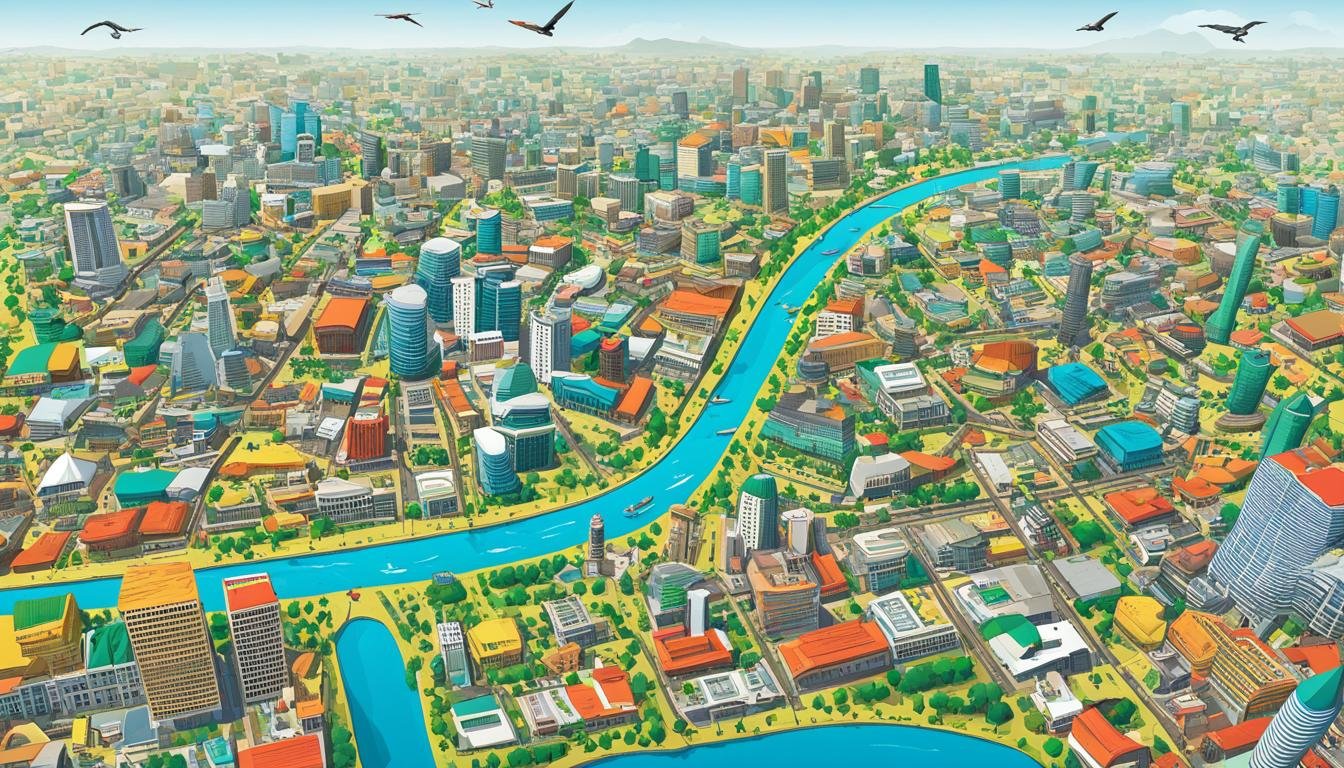


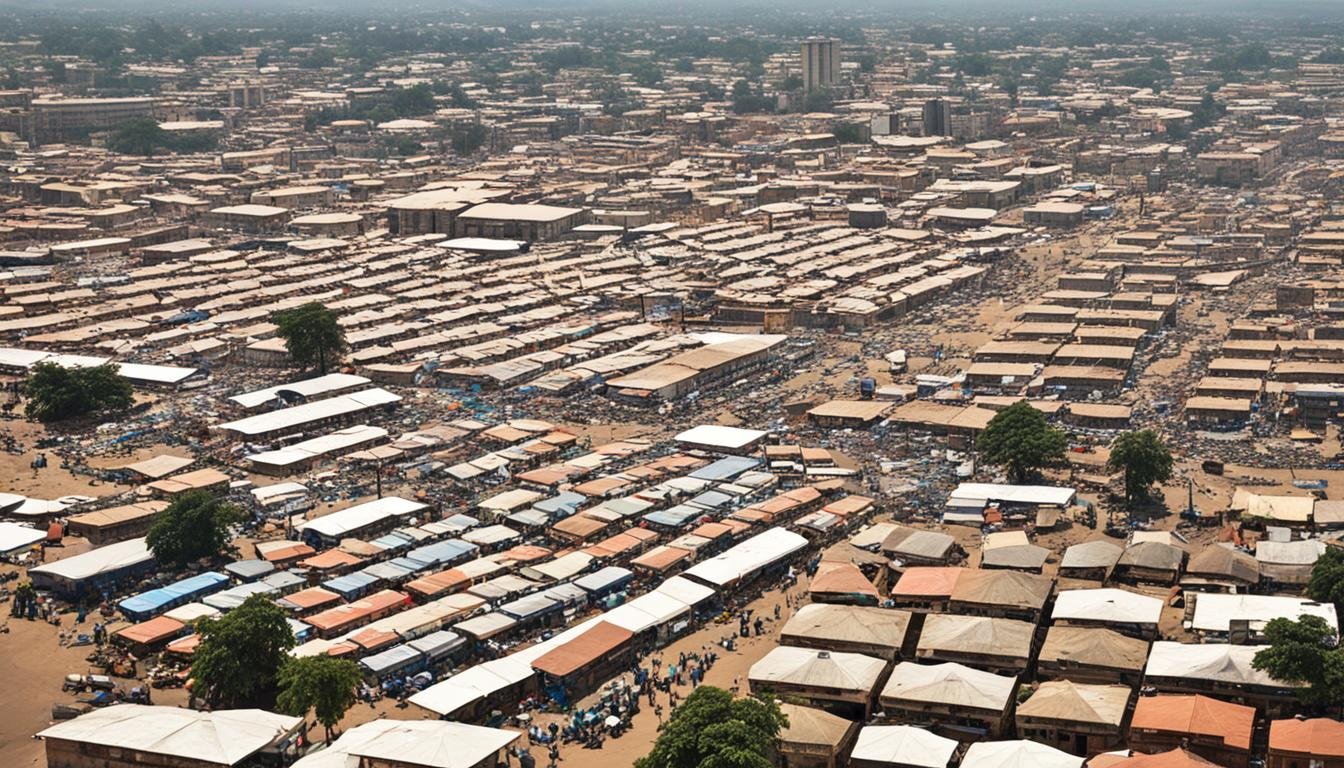
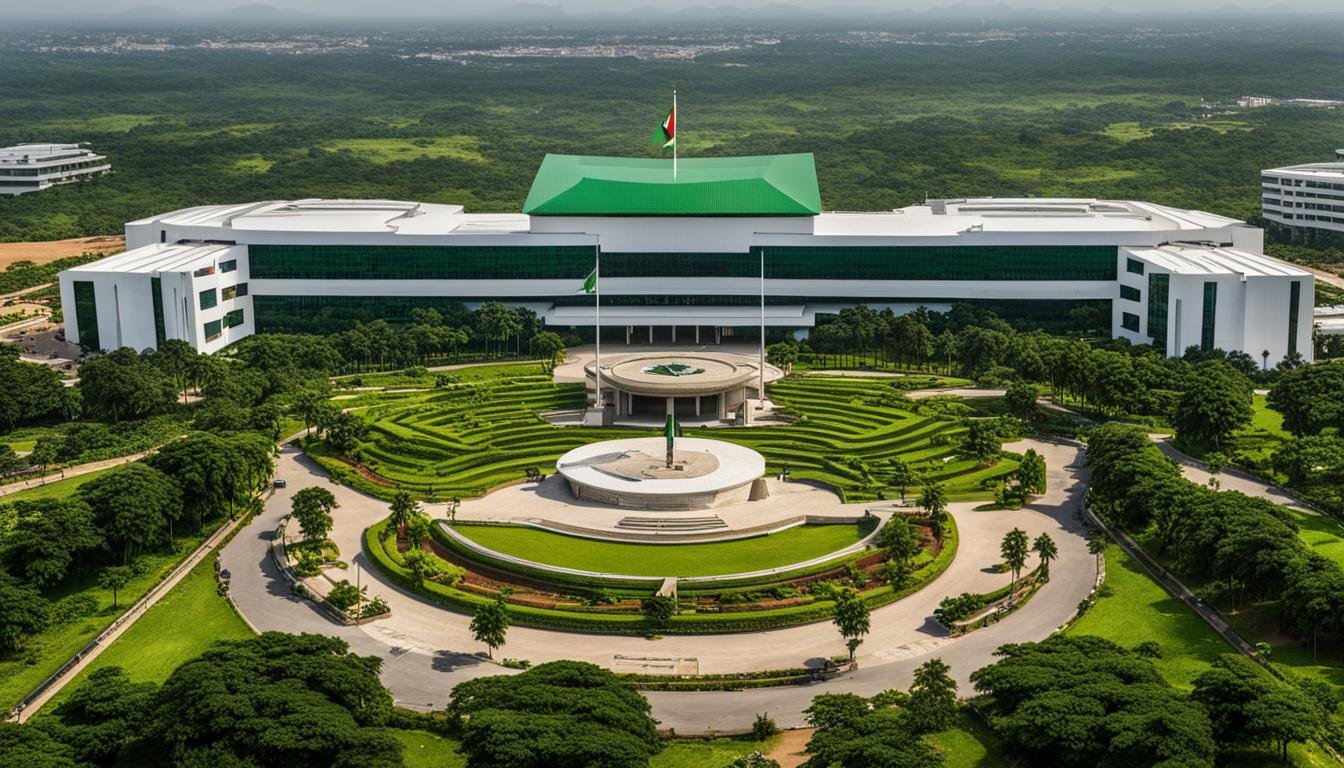
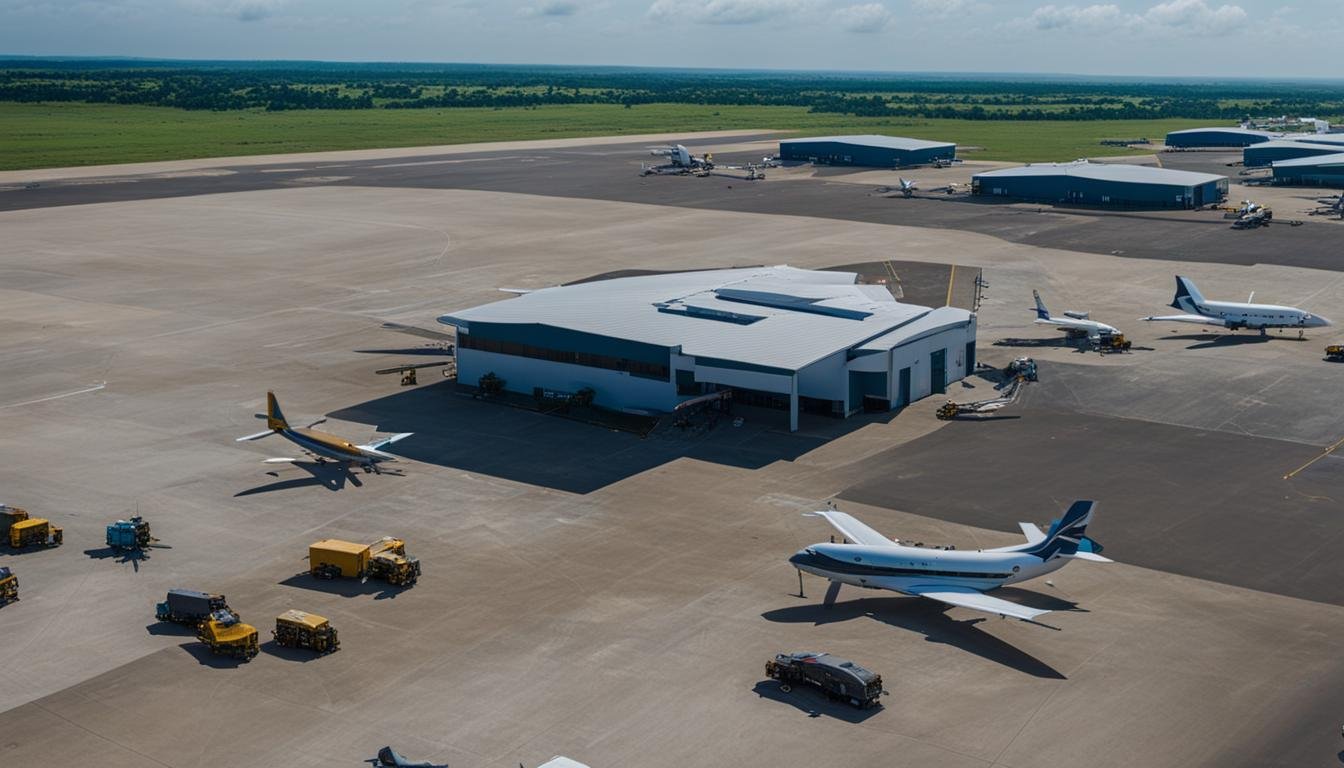
![Education and Skills Gap Statistics in the US [3 FAQs] 18 Education and Skills Gap Statistics in the US](https://zoets.b-cdn.net/wp-content/uploads/2024/01/pexels-kai-pilger-414530-scaled-e1704203026801.jpg)